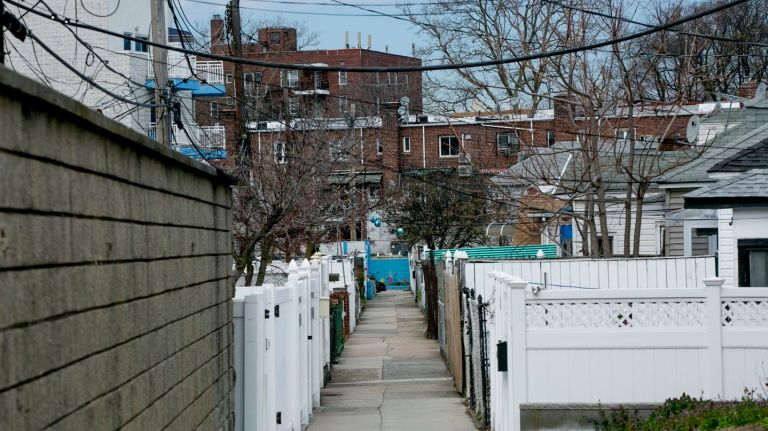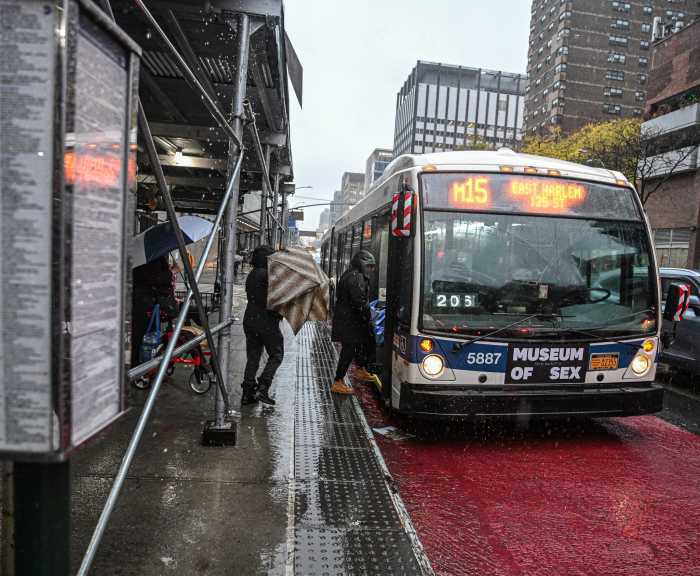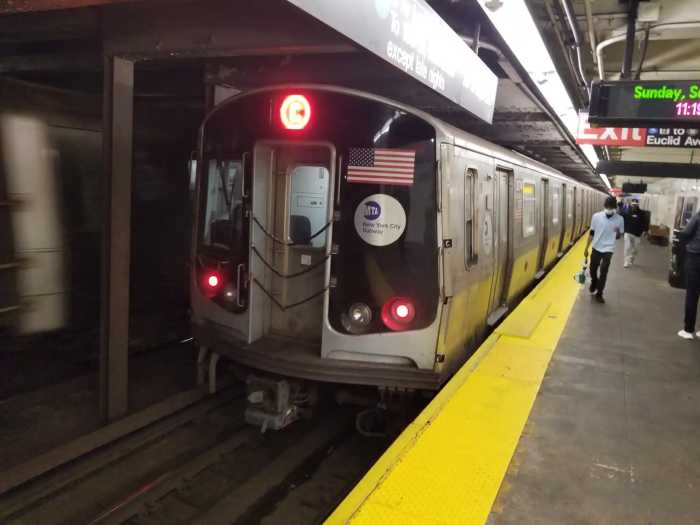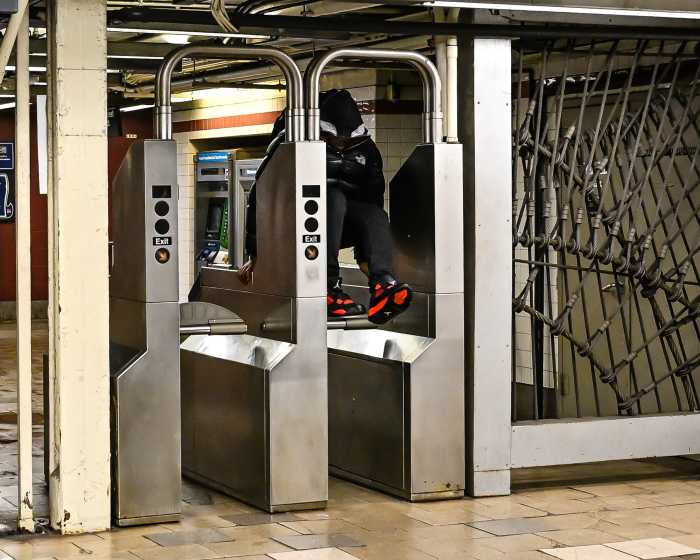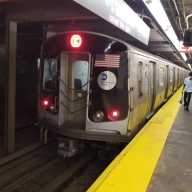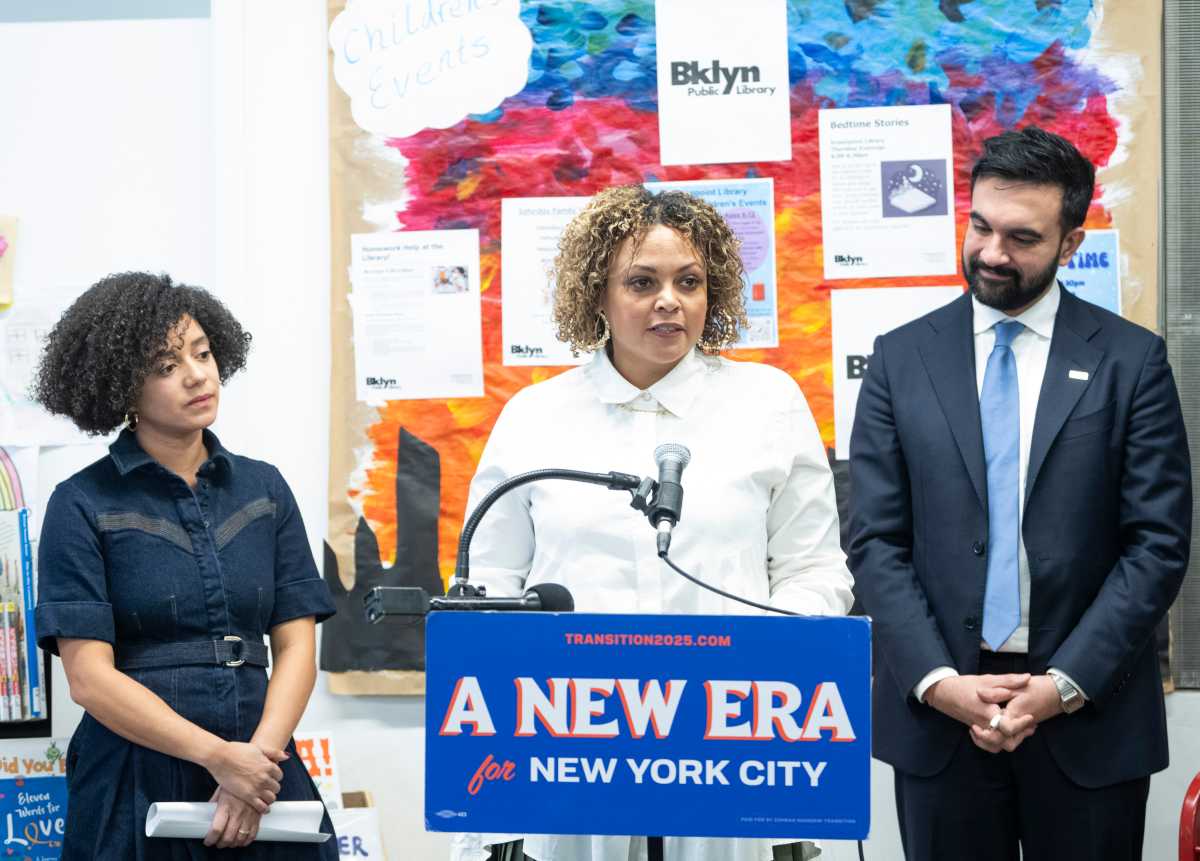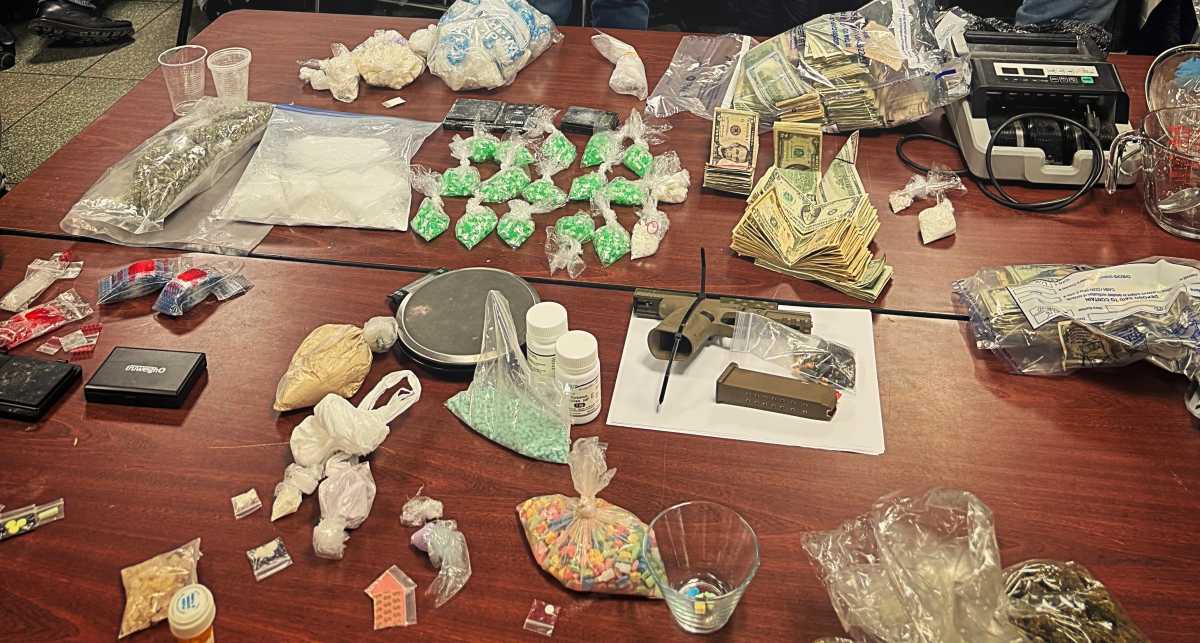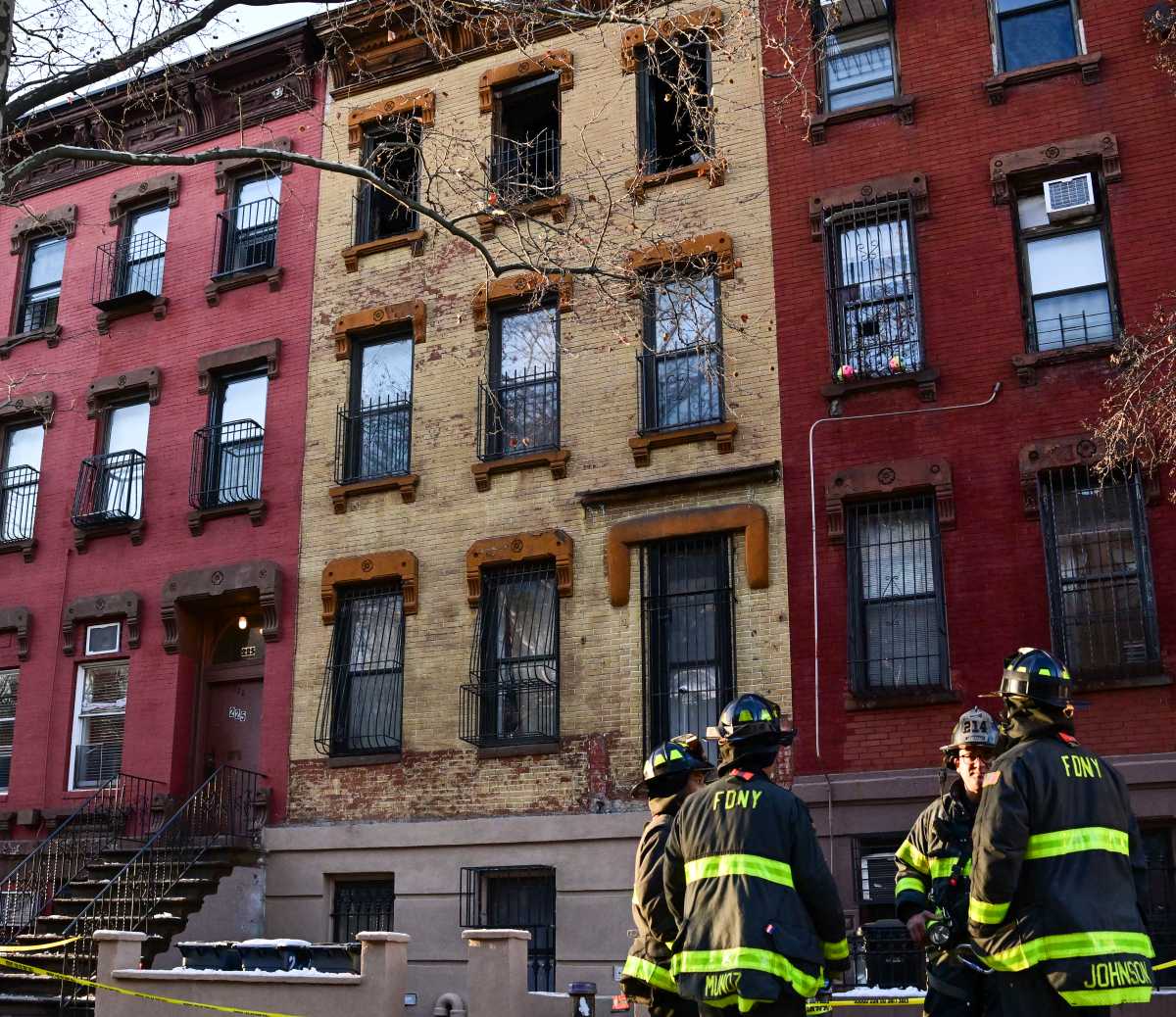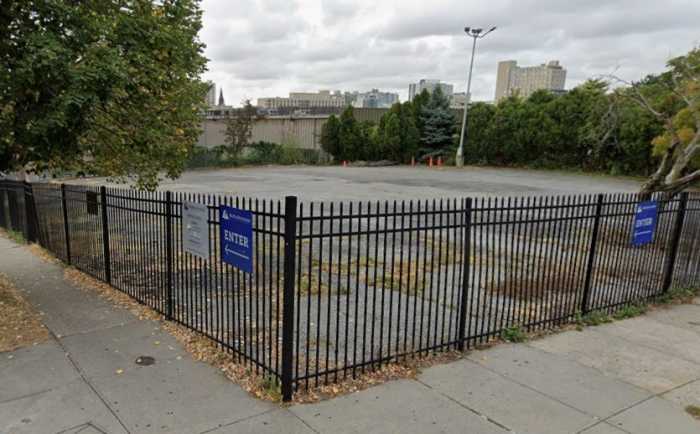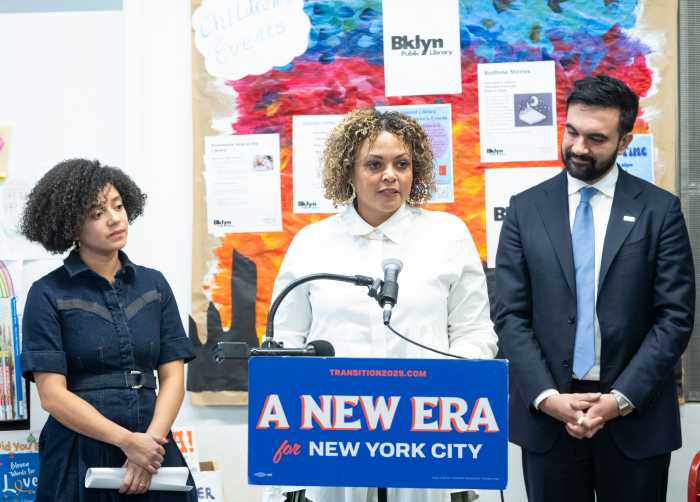
They are the small, hidden sections of the city, and for many outer borough residents they are the streets of struggle.
The city will soon begin the process of surveying the hundreds of privately owned streets scattered across the five boroughs in an attempt to determine whether it should take over jurisdiction of the blocks.
The move comes as homeowners on these blocks, in areas of Sheepshead Bay, Bergen Beach, the Rockaways and elsewhere, have sought municipal help with maintenance and basic services amid rapidly deteriorating conditions.
Missy Haggerty is a fourth generation homeowner on Lake Avenue, a private road in Sheepshead Bay, and said she and her neighbors struggle every day with the most basic of needs.
“During steady rains, we have two to three inches of water” that accumulate because the community can’t afford to upgrade the sewers themselves, she said. “We have no (street) lighting. Everyone’s home has the light on all the time to see outside.”
Theresa Stavo, the chair of Brooklyn’s Community Board 15, which oversees Sheepshead Bay, said Superstorm Sandy amplified the longstanding troubles facing the privately-owned streets in her neighborhood.
Many of those homeowners faced more hurdles to get public assistance for their homes because their sewer and roads weren’t part of the city system. So all rebuilding costs had to be funded privately.
“We needed to do something now before it gets worse,” she said.
While certain privately owned streets like NYU’s Washington Mews or Sylvan Terrace in Washington Heights have avoided these difficulties, the largest pockets of privately owned blocks are in Brooklyn and Queens coastal neighborhoods, noted City Councilman Alan Maisel, who sponsored the legislation authorizing the Department of Transportation study.
Outdated records make it hard to pin down the precise status of some of them, according to Maisel.
“Some of the people in these blocks don’t even know that they own a private street,” he said.
Rapid development in the outer boroughs during the early 20th century created the conditions for the difficulties facing these residents today. Many of the private blocks were initially designed as simple shortcuts on farm land or adjacent to the beach, and owners never sold the land for public use.
As a result, while areas around them modernized and benefited from city assistance, these areas were left to fend for themselves.
Maisel said the study, due by June 30, 2018, will provide clarity and, hopefully, some relief for these residents. Over the next year, the DOT will incorporate data provided by the five borough president offices and the Department of City Planning to produce a first-ever official map of these streets and determine the feasibility of city acquisitions.
There’d be a series of individual negotiations after that, so the process will take several years, Maisel added.
City Councilman Donovan Richards, who represents the Rockaways and supports the survey, added that the acquisitions would make it easier to make progress in repairs and other areas.
“If it’s under a private developer, you can’t do much about it but if it’s under a public street you can go and harass a Council member to get it paved,” he joked.
While Stavo said she’s heard positive responses to the possibility of the city purchasing these streets, Haggerty expressed some skepticism. She noted the struggles that accompanied the Build it Back program and wondered whether she and her neighbors would face a similar fate.
“What will be the outcome for us?” she said. “Are they going to give us the right value for it?”



